The 15 most incredible plutonium-powered space missions of all time
Transit satellite network

The 15 most incredible plutonium-powered space missions of all time

By 1988, dozens of similar spacecraft — four of them using nuclear batteries — made up a rudimentary satellite navigation network.
Each satellite beamed a unique radio signal. With multiple signals coming from different orbits, the Navy could easily track its submarines and other wartime hardware.
But space scientists hit a snag early on: Their data suggested that spacecraft slowed down or sped up over certain parts of Earth.
The 15 most incredible plutonium-powered space missions of all time

When researchers mapped the anomalies, they realized that some regions of the planet were far denser than they thought, and that the extra mass — and gravity — subtly affected spacecraft speed.
The map of the anomalies (above) became the first of Earth’s geoid, a representation of the planet’s true gravitational shape.
Apollo surface experiments
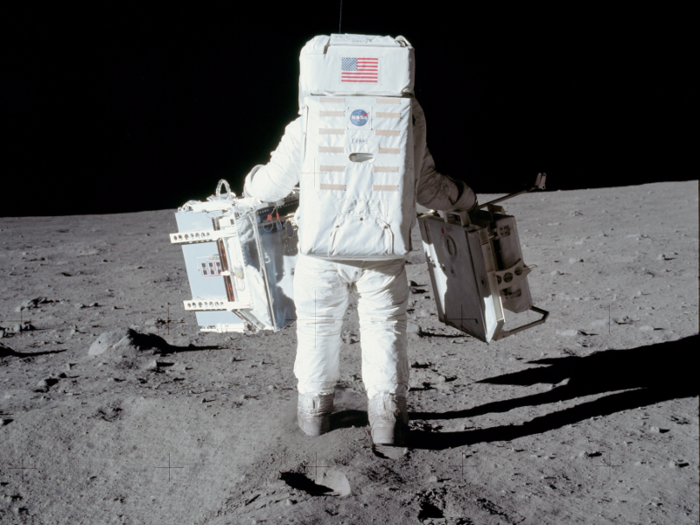
Apollo 11 astronauts in July 1969 dropped off about 1.2 ounces of plutonium-238 on the moon.
The material sat inside a device called the Apollo Lunar Radioisotopic Heater, and it kept a seismic monitoring station warm during half-month-long lunar nights, where surface temperatures can dip to to -243 degrees Fahrenheit (-153 degrees Celsius).
The 15 most incredible plutonium-powered space missions of all time

All subsequent Apollo missions also used plutonium, but kept theirs inside of nuclear batteries to provide 70 watts of power, which is on par with an incandescent light bulb's energy use — and just enough to charge the electronics of surface experiments.
Above, astronaut Alan L. bean pulls a plutonium fuel cask from the lunar lander during Apollo 12's first extravehicular excursion.
The 15 most incredible plutonium-powered space missions of all time

A similar nuclear battery from NASA's flubbed Apollo 13 mission survived reentry to Earth orbit. NASA suspects it landed somewhere in the bottom of the Tonga Trench in the South Pacific Ocean.
To this day, no one has found it (nor detected any release of the material).
Nimbus B-1 satellite
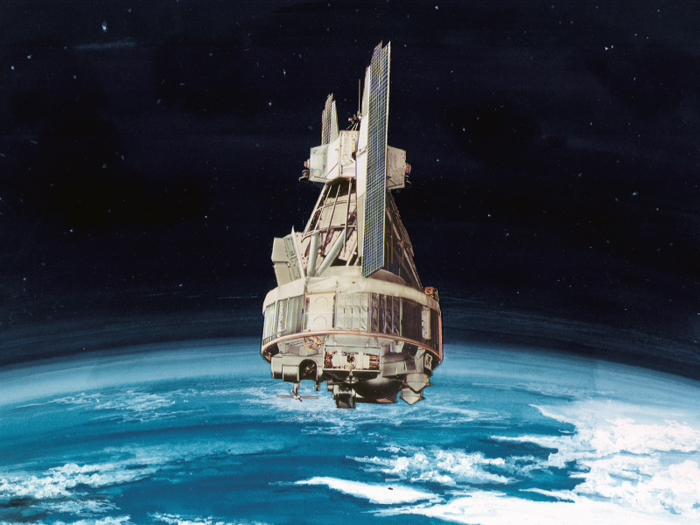
One of the most important space missions powered by plutonium-238 began with a disaster.
The Nimbus-B-1 satellite was supposed to use its nuclear battery to measure Earth's surface temperatures from space, through both day and night.
But when it launched on May 18, 1968, a booster failed and mission control blew up the rocket and spacecraft over the Pacific Ocean.
The 15 most incredible plutonium-powered space missions of all time

All was not lost.
A crew recovered the battery's fully intact fuel casks (above) between California's Jalama Beach and San Miguel Island, demonstrating their robust safety design.
Nuclear engineers recycled the plutonium fuel into a new battery, which was used in the follow-up Nimbus III mission (one of the very first navigation satellites to aid search-and-rescue operations).
The Pioneer 10 and Pioneer 11 probes
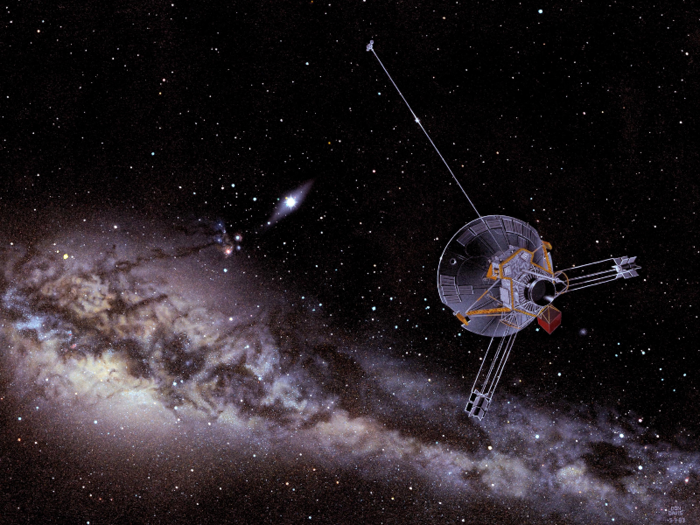
NASA intended its Pioneer program of more than a dozen spacecraft to explore the moon, visit Venus and monitor space weather.
But most people remember Pioneer 10 and Pioneer 11 for their daring flybys of never-before-visited outer planets.
The 15 most incredible plutonium-powered space missions of all time

Pioneer 10 launched on March 2, 1972, but NASA was able to maintain contact with it until 2003, when at a distance of 7.5 billion miles (12 billion kilometers) its radio signal became too weak to detect.
Using a 155-watt nuclear battery, it became the first spacecraft to cross the Asteroid Belt, visit Jupiter, and beam back images of the gas giant.
The 15 most incredible plutonium-powered space missions of all time

Pioneer 11, which launched on April 6, 1973, became the first spacecraft to visit Saturn. NASA lost contact with that probe more than 22 years after its launch, billions and billions of miles from Earth.
Pioneer 10 lasted significantly longer, launching on March 2, 1972, and sending its last, feebly detectable signal on April 27, 2002 — more than three decades of continuous operation.
The 15 most incredible plutonium-powered space missions of all time

Just in case the probes bump into intelligent aliens, each one carries a plaque to communicate basic information about the spacecraft’s origin and creators.
The Viking landers
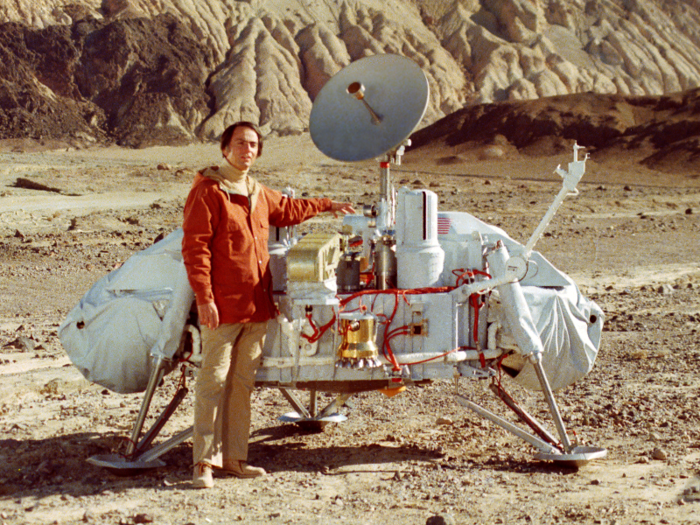
By the time sunlight reaches Mars, it’s about 50% less intense than on Earth. Combined with a dusty and windblown environment, solar panels become a liability for surface spacecraft.
To touch down on the Martian surface for the first time in 1976, NASA built two Viking orbiters and a plutonium-238-powered lander for each one.
Both landers carried stereoscopic cameras, a weather station, a shovel and a soil-sampling chamber to sniff out signs of life 140 million miles (225 million kilometers) from Earth.
The 15 most incredible plutonium-powered space missions of all time

Neither lander dug deep enough to find water ice and the soil experiment failed to detect organic molecules, even though it sniffed out carbon dioxide — a gas emitted by most active lifeforms — when it introduced a nutrient-rich liquid to the soil.
Although non-biological soil chemistry likely caused the anomalous result, the Viking landers didn’t labor in vain.
In addition to returning stunning views of the red planet (above), the landers made the case for NASA to send a flotilla of spacecraft to visit Mars — including the Phoenix lander, which found both water ice and the chemicals that may have tricked Viking's life-detecting experiments.
The Voyager probes
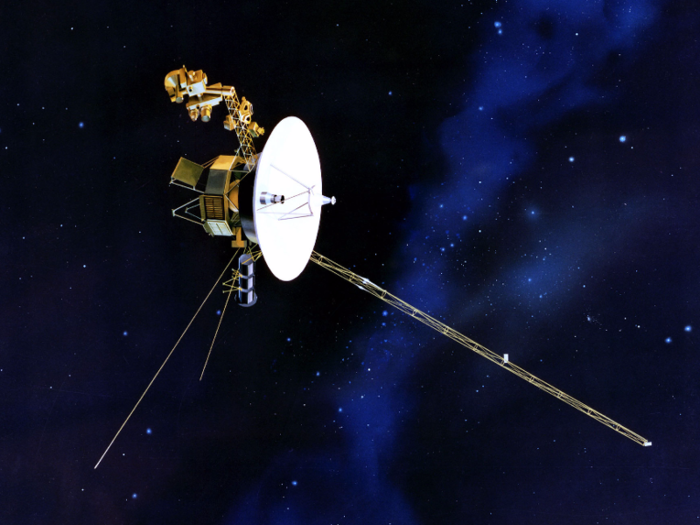
The Voyager probes capitalized on years of improvements in electronics over their predecessors, Pioneer 10 and Pioneer 11, to return stunning views of the solar system — including a view of the Earth from 4 billion miles away that Carl Sagan championed.
The 15 most incredible plutonium-powered space missions of all time

At 12.8 billion miles (20.6 billion kilometers) and counting, Voyager 1 is the farthest human-made object from Earth.
In fact, it left the planetary solar system and reached the interstellar medium, or space between stars, in August 2012.
The 15 most incredible plutonium-powered space missions of all time

Despite the vast distances and nearly 40 years of operation, each of the Voyagers' three plutonium-238-filled nuclear batteries allow the spacecraft to continue communicating with ground stations on Earth.
NASA expects each spacecraft to go fully offline sometime between 2020 and 2025.
The 15 most incredible plutonium-powered space missions of all time

Voyager 1 and Voyager 2 also launched with a more advanced message for any intelligent life they encountered: a golden record full of images, audio and other information about Earth and its lifeforms.
Ulysses solar orbiter
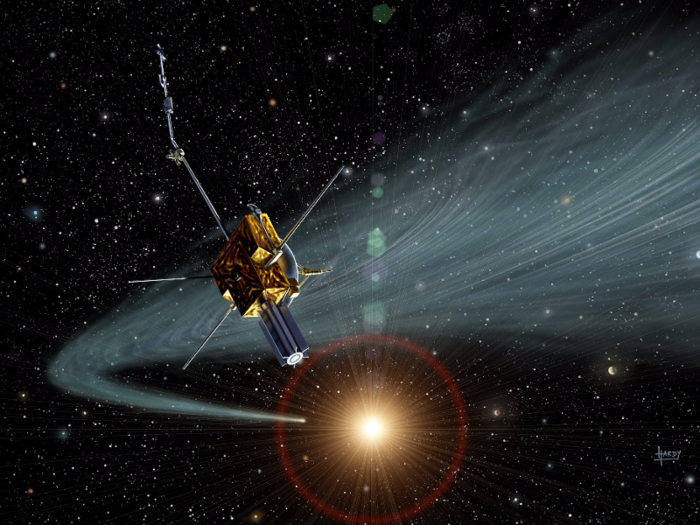
To get into a peculiar orbit above and below the sun to study its poles, designers of the Ulysses spacecraft ran into a paradox: a sun-probing machine that couldn’t rely on solar power.
The 15 most incredible plutonium-powered space missions of all time

Achieving Ulysses' orbit required flying to Jupiter, then using the gas giant’s gravity to slingshot the spacecraft into a proper trajectory.
Sunlight is 25 times dimmer at Jupiter than at Earth, and solar panels would have doubled the spacecraft's weight — 2,500 lbs (1,130 kg) of arrays versus a 124-lb (56-kg) nuclear battery.
The 15 most incredible plutonium-powered space missions of all time

Ulysses launched in 1990, pulled off the Jupiter gravity assist two years later, and began a mission in 1994.
It would last until 2009: until the decaying plutonium-238's warmth faded enough that it couldn't keep Ulysses' hydrazine propellant from freezing.
Before it perished after nearly 19 years of service, however, Ulysses flew through the tails of several comets, explored the sun’s north and south poles and probed the solar wind.
Galileo Jupiter probe
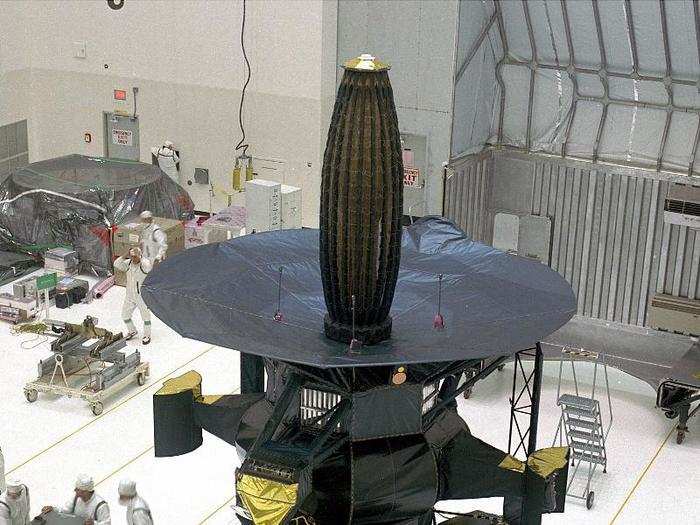
Launched from the payload bay of space shuttle Atlantis in 1995, Galileo used two nuclear batteries to give it 570 watts of power.
The 15 most incredible plutonium-powered space missions of all time

About enough to run a dorm room microwave, that initial output allowed Galileo to study Jupiter and its four large moons Io, Callisto, Ganymede and Europa.
The 15 most incredible plutonium-powered space missions of all time

Space scientists operated Galileo for 14 years total, eight of which were spent around Jupiter.
To safeguard potentially life-supporting Jovian moons from any stray Earthly bacteria stuck to the spacecraft, NASA plunged it into Jupiter’s thick atmosphere at about 100,000 mph (161,ooo kph) in 2003.
Cassini Saturn probe
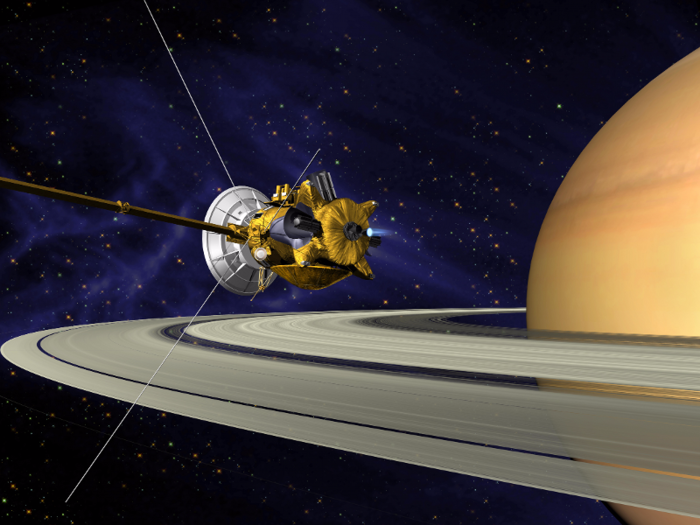
Carrying a whopping 72 lbs (33 kg) of nuclear material — the most plutonium-238 of any spacecraft ever launched — Cassini faced heated public opposition before its 1997 launch toward Saturn.
Some people were worried the material might spread during an accident in Earth's atmosphere during launch.
They were also worried it might happen about 2 years after launch, when Cassini would make a speed-boosting gravity assist past Earth.
The 15 most incredible plutonium-powered space missions of all time

However, an information campaign — which included details about the many safeguards built into nuclear batteries — plus additional safety tests eventually quelled most of the public's fears.
The 15 most incredible plutonium-powered space missions of all time

Today Cassini's three nuclear batteries allow it to beam back more data than any previous deep-space probe.
The 15 most incredible plutonium-powered space missions of all time

Cassini arrived at Saturn on Christmas day in 2004, and the spacecraft has stayed extraordinarily busy ever since.
It has dropped a lander named Huygens on the moon Titan, discovered moonlets in the planet's rings, recorded Saturn's polar auroras, flown through and "sniffed" the icy jets of the moon Enceladus, found evidence of a global subsurface ocean, and much more.
The 15 most incredible plutonium-powered space missions of all time

Like the Galileo probe, Cassini is doomed.
The 15 most incredible plutonium-powered space missions of all time

In September 2017, its current orbit will plunge the robot into Saturn's atmosphere to prevent contaminating moons that might harbor life.
The above "yarn ball" animation depicts all of Cassini's orbits from 2004 through 2017.
New Horizons Pluto probe
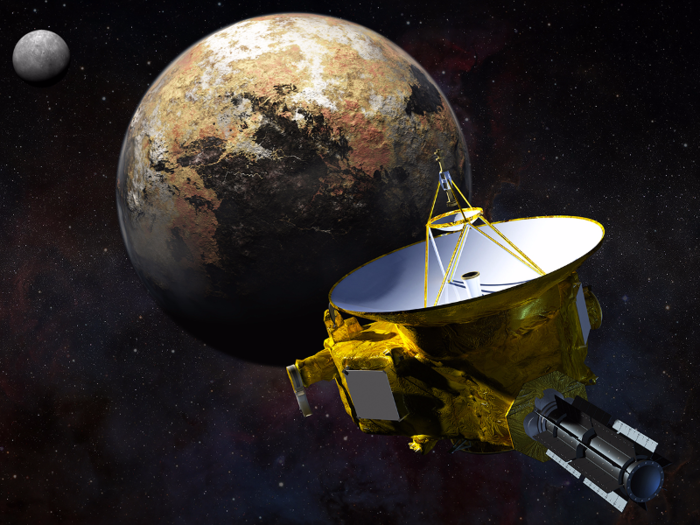
New Horizons became the first-ever Earth visitor to the dwarf planet Pluto and its ensemble of moons.
It took 9 years of travel — a journey it could not have survived without plutonium-238.
The 15 most incredible plutonium-powered space missions of all time

The spacecraft launched in 2006 toward Pluto at roughly 36,000 mph (58,000 kph).
That was far too fast to dip into orbit around Pluto, but the spacecraft squeezed in a solid 6 months of observations around its flyby date of July 14, 2015.
The 15 most incredible plutonium-powered space missions of all time

New Horizons' single nuclear battery enabled observations of the dwarf planet and its five known moons — Charon, Nix, Hydra, P1 and P2.
The 15 most incredible plutonium-powered space missions of all time

From revealing the oceanic origins of Pluto's newly discovered heart to its giant tail in space, the spacecraft's photos and discoveries have proven remarkable at every turn.
The 15 most incredible plutonium-powered space missions of all time

Now that the spacecraft has passed that system, it's careening toward the Kuiper Belt, where it will explore strange new planetary objects in deep-freeze.
Curiosity Mars rover
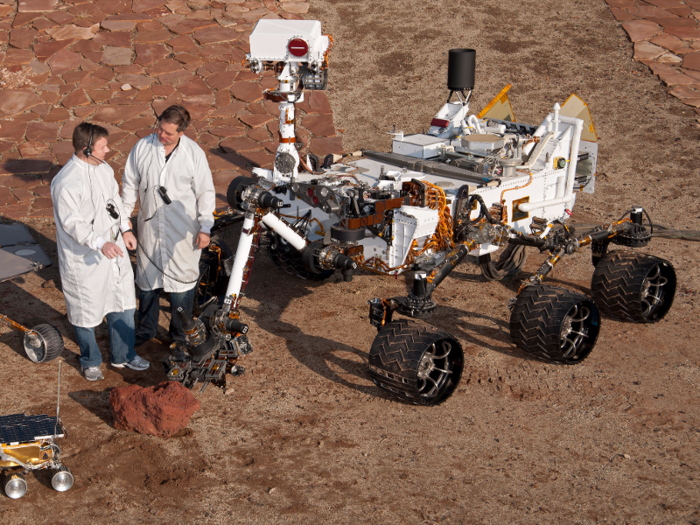
NASA's car-sized rover landed safely on Mars on August 5, 2012 after surviving a harrowing descent known to engineers as the "7 minutes of terror."
The 15 most incredible plutonium-powered space missions of all time

The robot is equipped with everything from a stereoscopic camera and a powerful microscope to a rock-zapping infrared laser and an X-ray spectrometer to perform advanced science on the red planet.
The 15 most incredible plutonium-powered space missions of all time

Unlike previous wheeled rovers on Mars, which only used bits of plutonium-238 to warm their circuit boards (and relied entirely on solar power), one 125-watt nuclear battery feeds Curiosity.
The power source should be strong enough to keep the rover rolling around Mars' mountainous Gale Crater for about 14 years.
The 15 most incredible plutonium-powered space missions of all time

Curiosity harbors some of the last plutonium-238 in NASA's reserves. The spacecraft uses about 10.6 pounds (4.8 kg), leaving the space agency with roughly 37 pounds of usable plutonium.
The DOE and NASA are working to make new Pu-238 and refresh about 35 lbs (16 kg) of material that has decayed over the years, and mission managers tell Business Insider that — so far — they've made about 3.5 ounces (100 grams) toward that effort.
The 15 most incredible plutonium-powered space missions of all time

NASA plans to use nearly one-third of what usable Pu-238 it does have left to power the Mars 2020 mission — a twin of Curiosity that will search for signs alien life.
The 15 most incredible plutonium-powered space missions of all time

Space scientists have dreamed up many more plutonium-powered missions, including a nuclear-powered boat for Saturn's moon Titan (which may have the ingredients for life) and a long-lived orbiter of Jupiter's moon Europa (which is thought to harbor an ocean bigger than all of Earth's water).
However, until NASA and the DOE's plutonium supply chain is fully established, these missions will remain pipe dreams.
This is an updated an expanded version of a story first published at Wired by Dave Mosher, the author and copyright holder.
Popular Right Now
Popular Keywords
Advertisement